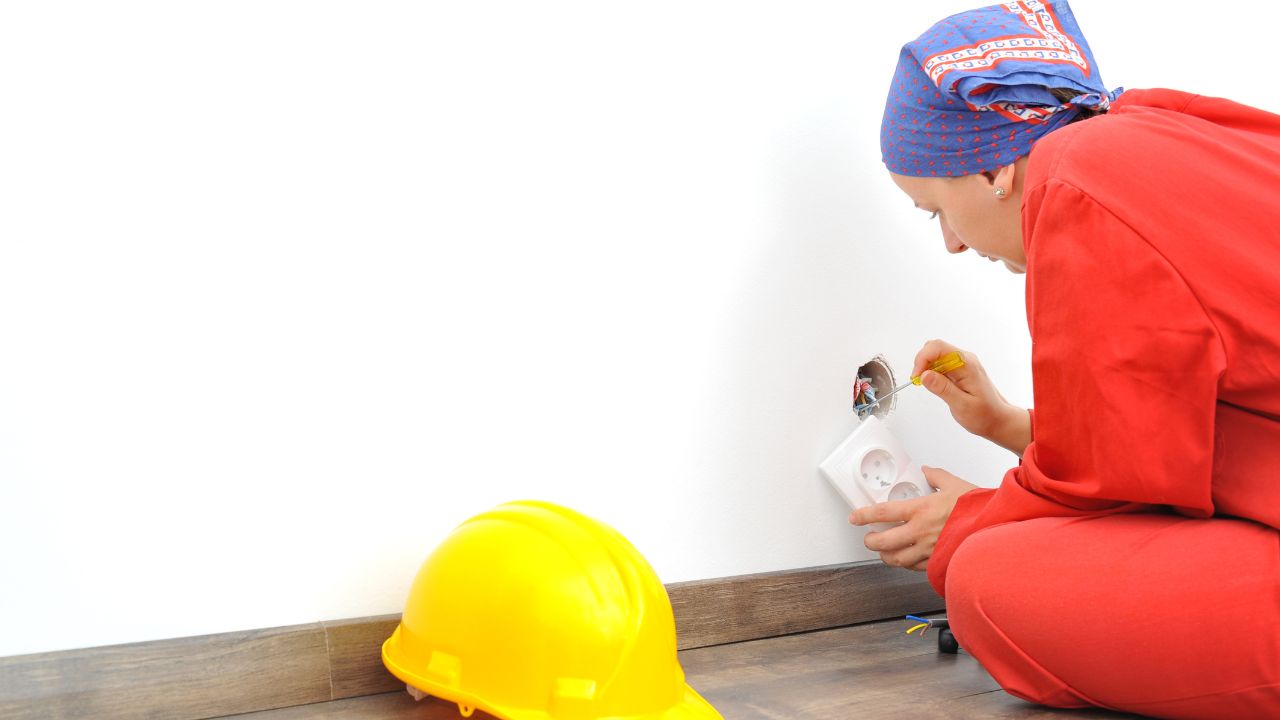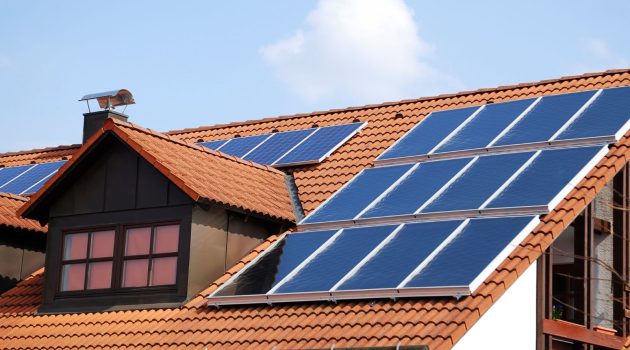The electrical system of a house is complex, consisting of several parts that all need to operate together.
Aside from the obvious concerns of a power surge, circuit breakers, and in-wall wiring, homeowners of older houses should also be aware of the potential of out-of-date wiring and materials.
Lighting that flickers or even a full-scale home fire might result from faulty components, electrical wiring difficulties, or outdated materials.
In this article, we’ll explain several common electrical problems. We’ll also discuss the best practices for addressing those issues.
But first things first: while working with electricity, always be careful.
Only attempt to rewire electrical switches, circuit breakers, junction boxes, or other mounted electrical fixtures with the help of a certified electrician.
1. Power Surge
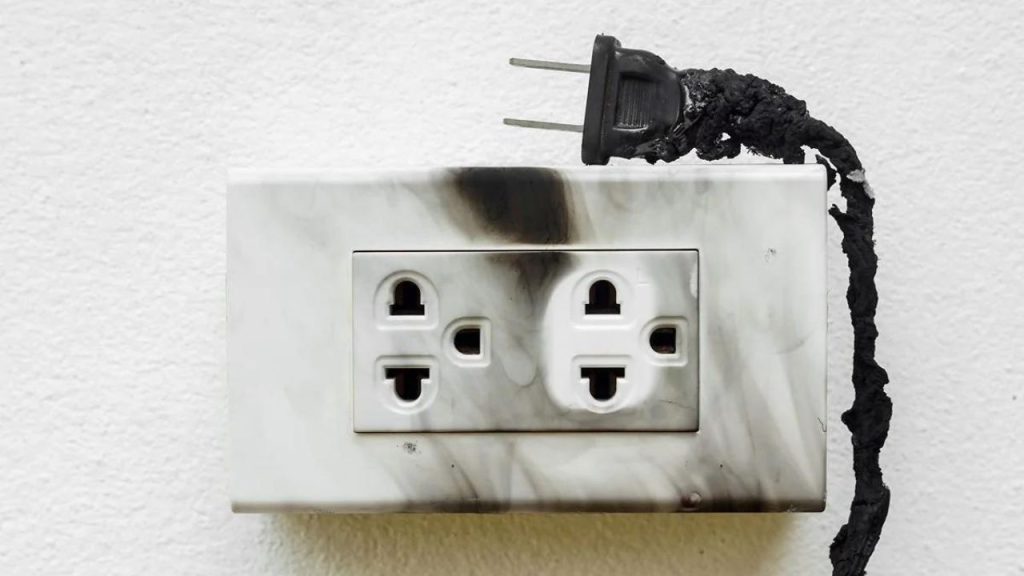
This is a problem we all know. At home, we’re limited by our electricity contract.
A rise in electrical voltage, blown fuses, and an insufficient power supply result from exceeding this limit.
This occurs when more electrical appliances are plugged in once than necessary or when more powerful ones are turned on. The ICP will be down.
Power surges are simple to repair.
You should turn off or disconnect the appliances that use the most power, flip the circuit breakers down, wait a few seconds, and then turn the power back on, starting with the largest switch on the far right.
Call an electrician to check everything properly if the power is still off after you’ve done that. Make sure you use different resources to find the best help.
For instance, if you’re looking for electricians near you in Santa Rosa, look them up online or ask friends and family for recommendations. It’s important to whom you entrust this work.
2. Poorly Grounded Circuits
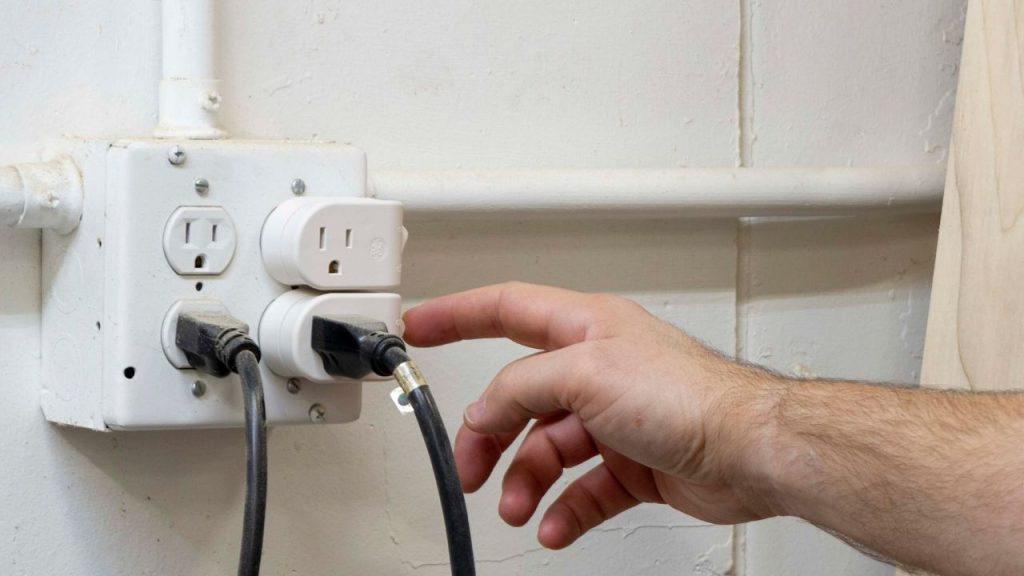
Several homes risk electrical shock because their circuits lack grounded plugs and switches.
A grounded outlet offers an extra layer of protection against electrical shock, so it’s essential to ensure your outlets are properly grounded.
Additional issues may arise from a lack of ground connection since electrical currents can flow back into the electrical system, causing circuit overloads and ground faults, which can cause circuit breakers to trip and even start fires.
Overheated outlets that aren’t grounded may cause fires, too. It’s important to have such circuits investigated and, if required, changed if they’re present in your house.
3. Over-Lamping

Over-lamping occurs when a bulb with a greater wattage than the fixture is designed to handle is installed in a light fixture.
The risk here is higher than most people think.
The socket and wire around it are vulnerable to melting from a hot bulb. Because of this, arcing may occur, leading to a fire.
This problem can be fixed quickly and easily on your own. Ensure the total wattage of all bulbs in every fixture is within the safe range.
Use bulbs with a wattage of no more than 60 unless otherwise specified.
READ MORE: Tower Fan vs Floor Fan: A Quick Comparison for Your Home
4. Aluminum Wiring
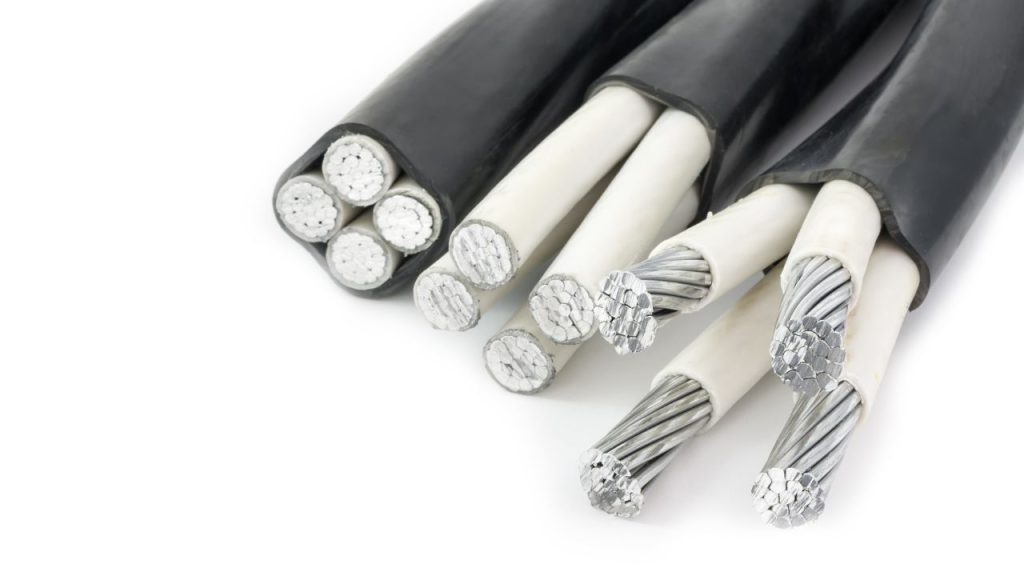
So, what are the potential problems with aluminum wire? Aluminum wiring was formerly commonly utilized, but copper wires have taken their place because it has been linked to so many fires.
Due to aluminum’s higher susceptibility to oxidation while transmitting electricity, aluminum wires are no longer recommended.
Therefore, there is a significant danger of an electrical fire if it comes into touch with wood, plastic, or any other flammable substance.
Copper, which is less expensive and just as malleable as aluminum, may be used instead since it does not corrode in the same ways.
Copper wiring, especially when done by a professional, dramatically minimizes the possibility of electrical fires, especially when compared to aluminum wiring.
5. Fault in Electric Boilers

This issue occurs rather often, and when it does, it causes the differential switch in the electrical panel to trip, which then causes the power to be cut off.
The heating element is quite susceptible to damage if water gets on it.
If this happens, you are strongly encouraged to contact a qualified service expert as soon as possible.
An experienced electrician has to examine the current configuration to establish whether or not only one cable, a large number of wires, or the whole network needs to be changed.
6. Coverless Junction Boxes
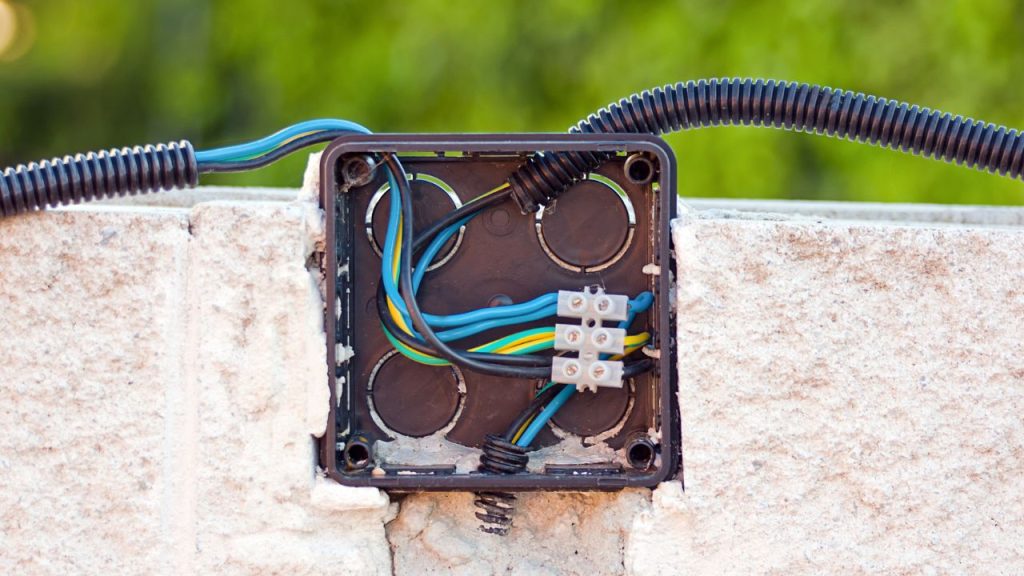
In many cases, high-voltage electrical wire is joined in a junction box.
The risk of electrocution persists despite using plastic clips and maybe electrical tape to seal these splices.
Whether in the garage, the attic, or the basement, if you find any coverless junction boxes, it’s worth the little investment to cover them.
A screwdriver is all that’s needed to set them up.
7. Electrical Sockets and Switches
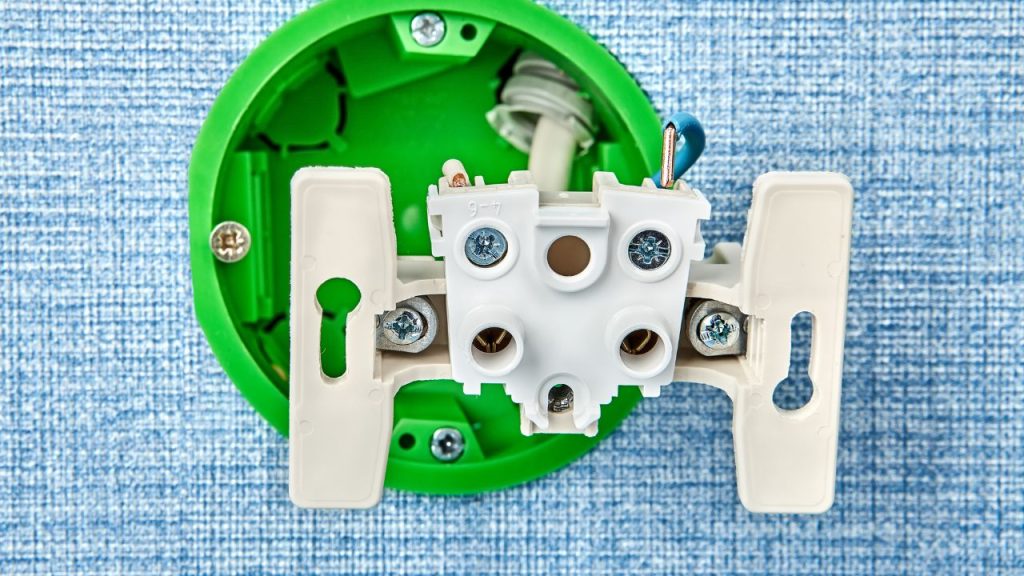
The failure of electrical switches and sockets’ functioning may be caused by a number of factors, including loose wiring or poorly fitted devices.
Drying and brittleness may cause the rubber seals surrounding sockets and switches to crack and shatter.
Over time, the wire connections to switches and sockets might loosen and fail. It’s crucial to rectify if a faulty socket or switch has caused an electrical fire.
Problems with your electrical sockets and controls may be quite dangerous; therefore, addressing and solving them as quickly as possible is crucial.
8. Loose Wires
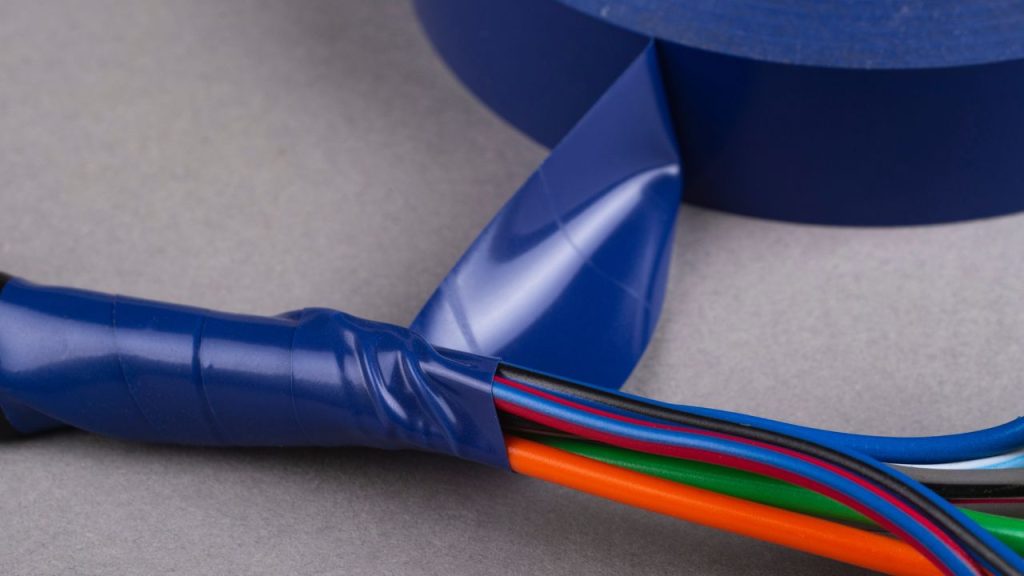
Loose wiring is a typical cause of electrical difficulties in homes. Fires may start from frayed or loose wires; therefore, securing them using electrical tape is necessary.
Water and insects may also be kept off wires using electrical tape. Because of normal wear and tear, wires may become frayed or exposed, increasing the fire risk.
Damaged or improperly placed wiring may also cause wires to become loose. Arcing caused by wrongly placed connections may also result in frayed wires and fire.
It’s not only the country’s electrical infrastructure that needs to be updated.
Many homes also need updated electrical wiring that struggles to power today’s abundant yet power-hungry appliances, lights, and devices.
Many older houses may need circuits that can support the load of contemporary electronics.
Although there may be apparent indicators of strain, others may also hide in plain sight behind walls, ceilings, and cover plates.
Contact an electrician to check the home’s electrical system and ensure everyone’s safety.
